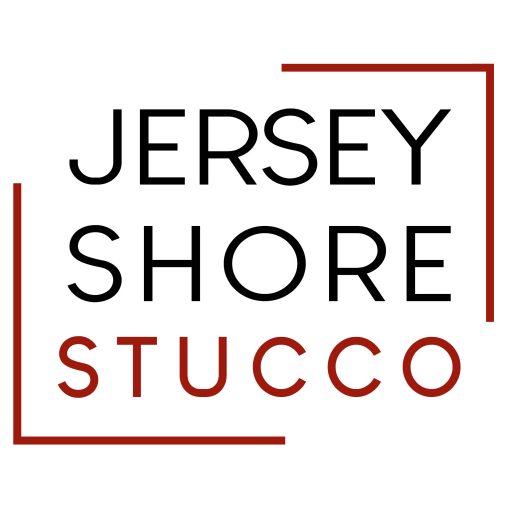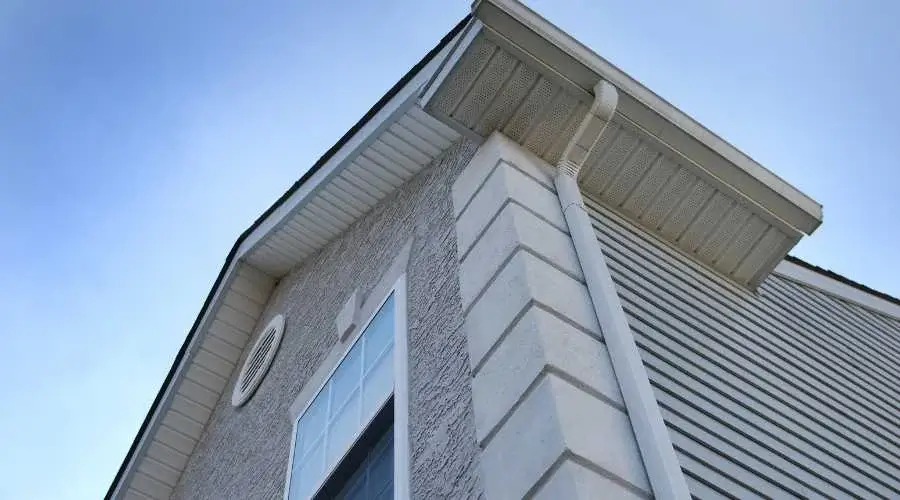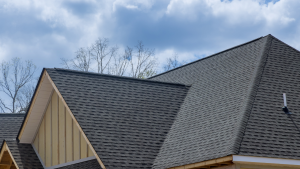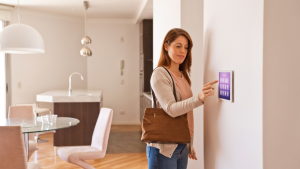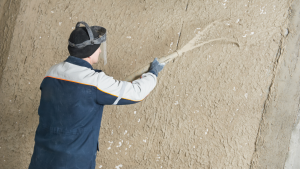The siding used on homes varies widely, as do their shapes and sizes. Although vinyl, wood, Hardie board, and stucco are popular options, picking the one that is perfect for you might be trickier than most people think.
The house siding plays a crucial role in aesthetics and security. The material you choose is also important. Consequently, you must choose the siding material after carefully weighing the pros and downs of stucco vs. Hardie siding. It isn’t easy to choose between stucco or Hardie siding, however. It depends on many things, including money, the weather, etc.
The distinctions between stucco siding and Hardie siding for your home are described on this page.
WHAT IS STUCCO?
“What is stucco?” is a frequent query. Contrarily, stucco, often used as a covering atop intricate artistry, combines sand, concrete, lime, and water. Stucco is relatively inexpensive since the parts are so cheap, but it is sometimes advisable to leave the application to specialists. The layering method may raise prices overall.
Even while stucco can potentially become psychologically unstable, it also offers good weather protection against snow and rain. It is also not highly energy-efficient; for instance, the R-value of simple stucco is just around 0.20. However, combined with extra protection and competent stucco contractors in Jersey Shore, it often performs well, much like the other choices.
An expert can tell you which stucco is best if you’re interested. Versatility is highlighted as a significant benefit of stucco siding. The information may be arranged in several patterns and whirls, and other tones may be added. In any case, considering that it was mainly promoted in the 1980s and may seem outdated, some clients may believe it is unpopular.
If you’re looking for professional installation, you may discover various options online by typing “who does stucco work near me.”
WHAT IS HARDIE BOARD?
Today’s fiber concrete sheets, also known as Hardie boards, were influenced by the 1980s development of fiber concrete products.
Like fake stucco, fiber concrete includes 8–10% wood fiber and either fly ash or silica sand to increase hardness and speed up the drying process. Hardie board requires relatively little upkeep and lasts for a very long time.
It is available in many forms that are used for exterior siding, including:
- Lap siding
- Long sheets
- Vertical board and secure
- Shingles
Termites and other pests like bugs avoid Hardie board because it is water-safe and has a reputation for being hard to coordinate. It is possible to explain the purchase by comparing the cost of the Hardie board and stucco.
WHICH IS BETTER: HARDIE BOARD VS. STUCCO?
Hardie board is just as durable and long-lasting as residential stucco. It can withstand moist conditions and temperature fluctuations. Hardie siding materials are formed in molds, allowing for a wide range of surface options that mimic wood, brick, or stucco.
Another fantastic feature of fiber concrete is the ability to paint or repaint it using acid paint to clean it up or alter the color.
Stucco is an excellent choice for siding, supplying the same durability and dependability as Hardie board, but stucco is quite vulnerable to moisture and insect damage.
Consider your home’s location while deciding between Hardie Board and stucco. Stucco operates well in dry weather patterns. However, extreme stickiness or precipitation may cause stucco to fail outdoors. Unlike Hardie board materials, stucco takes more excellent maintenance, and painting stucco demands extensive surface ready.
Stucco and Hardie’s load-up have fire retardant characteristics, and both slow the spread of fire from an exterior viewpoint by near to 60 minutes, providing occupants time to evacuate.
